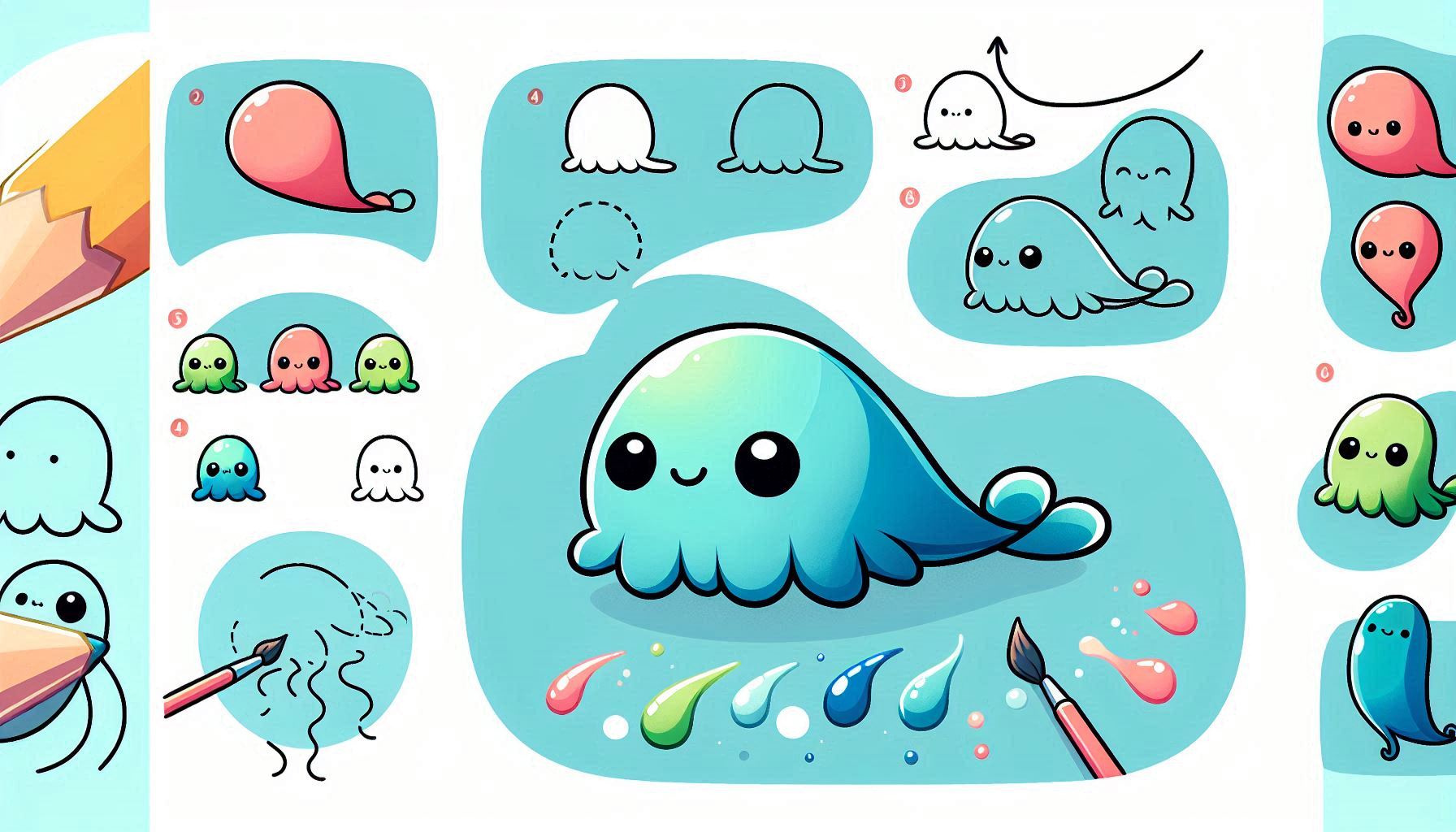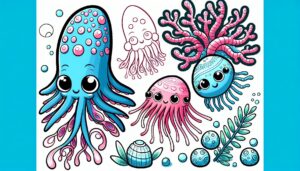Drawing a salp, How to draw Salp which is a kind of marine invertebrate, may be a fun and instructive exercise. Salps are distinguished by their distinctive barrel-shaped appearance and gelatinous, translucent bodies. To get you started, here’s a step-by-step tutorial, some FAQs, resources, and ideas:
Table of Contents
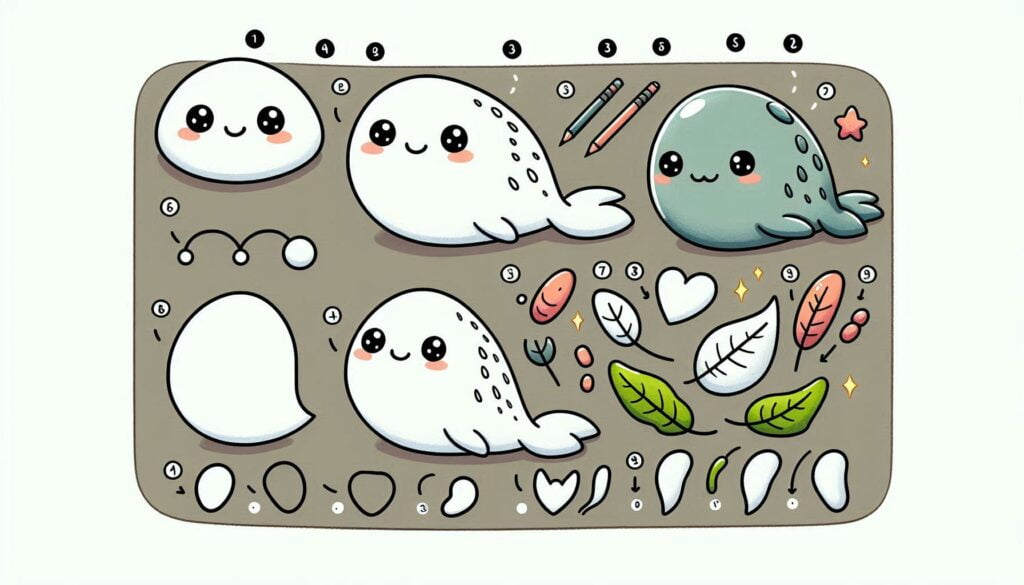
Materials Used:
- HB, 2B, and 4B pencils
- marker or pen with a fine tip
- Markers, paints, or colored pencils
- doodle pad or sketchbook
- Reference photos of salps
- Eliminator
Step-by-Step Guide: How to draw Salp
Step 1: Gather Reference Images
- To comprehend the shapes, translucent bodies, and structures of salps, look for reference photographs of them.
Step 2: Sketch the Basic Shape
- Start by using basic oval and cylindrical shapes to sketch the salp’s fundamental shape. Its wide ends and barrel-shaped body are worth seeing.
Step 3: Add Details
- Include specifics like the oral and atrial apertures and the muscles that make up the salp’s internal structure.
Step 4: Refine the Sketch
- Fine-tune your drawing, removing any sharp edges and emphasizing the salp’s overall shape. Include any other minute details, such as the cilia.
Step 5: Outlining
- After you are satisfied with the sketch, use a fine-tip pen or darker pencil to outline the finished drawing. Draw attention to the key features and curves.
Step 6: Add Color
- Use watercolor, colored pencils, or markers to add color to your salp drawing. Since salps are frequently translucent, utilize muted colors and light hues to provide a realistic look.
Step 7: Background and Surroundings
- Think of including a basic marine background with plankton, light, and water. This can improve your drawing’s overall composition.
Step 8: Final Touches
- For the finishing touches that add depth and translucency, use highlights and shading.
FAQs:
Q: What are salps, please?
A: A member of the Thaliacea class of marine invertebrates, salps are gelatinous. They are vital to oceanic ecosystems because they move by forcing water through their bodies.
Q: Do salps need much effort to draw?
A: Because of their distinct structure and translucent bodies, salps can be difficult to draw. To depict their transparency, utilize light colors and pay great attention to their morphology.
Q: What equipment is required to draw a salp?
A: Conventional art supplies including pencils, fine-tip pens, colored pencils, markers, and watercolors can be used. A graphics tablet and digital drawing tools can also be used to create digital artwork.
Q: I want to draw salps, but may I utilize artistic license?
A: It is acceptable to emphasize particular aspects or provide a stylized representation by using artistic license. This might give your artwork a distinctive touch.
Inspiration:
- Visit websites, blogs, and scholarly publications on marine biology to gain additional knowledge about salps and their ecological function.
- For ideas and inspiration on various drawing styles, look at other artists’ depictions and artwork of salps.
- For a greater understanding of the anatomy and movement of salps and other marine invertebrates, see them up close in aquariums or marine exhibitions.
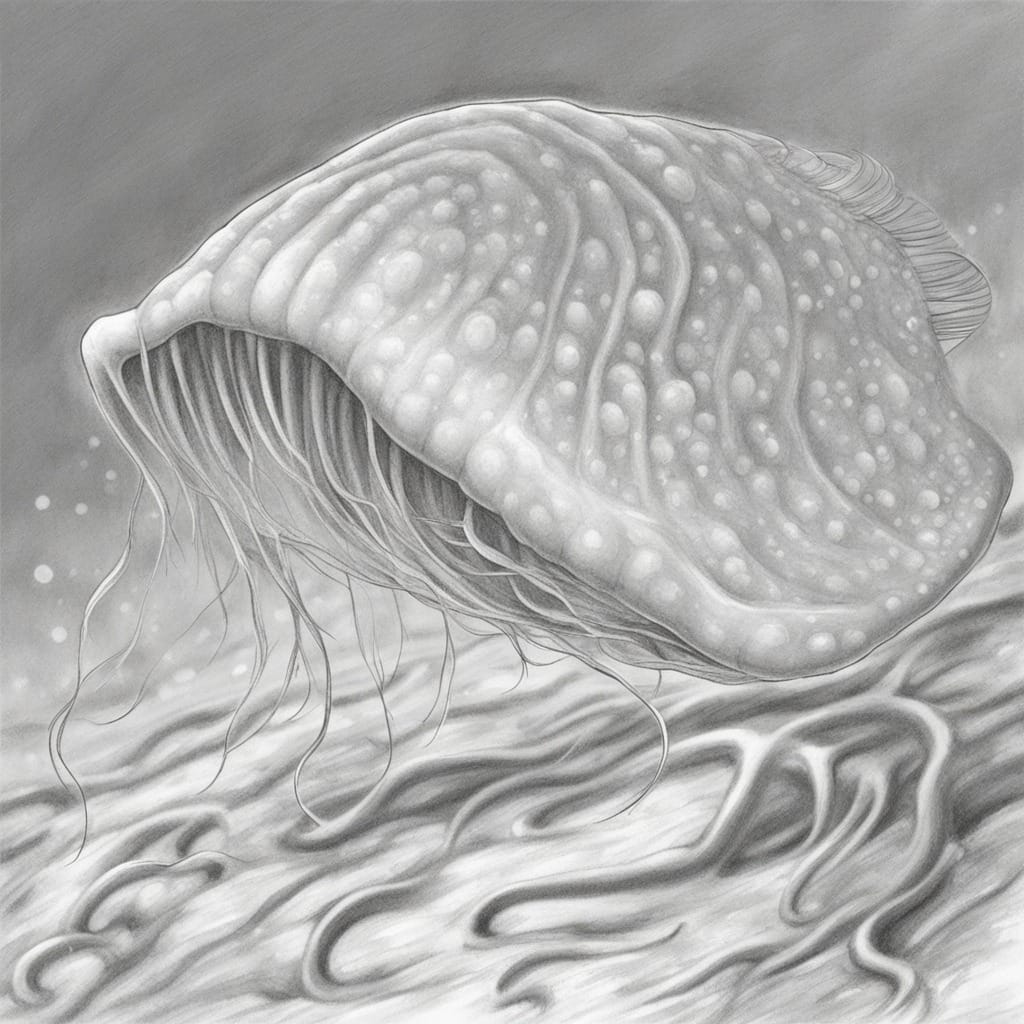
Learning Through Art
Learning more about marine biology and the function these species provide in the ecosystem of the ocean can be facilitated by drawing salps. You could research their life cycle, feeding habits, and effect on the marine environment’s carbon cycle while you draw.
Have Fun
Above all, enjoy creating your drawing. Every creative choice you make aids in your exploration and appreciation of the intricacy and beauty of marine life, regardless of whether your goal is scientific correctness or a more abstract interpretation. Take pleasure in the process, try out various methods, and be creative.
You can produce an exquisite and educational work of art that highlights the subtle and complex beauty of salps by according to these instructions and suggestions. Have fun with your drawings!
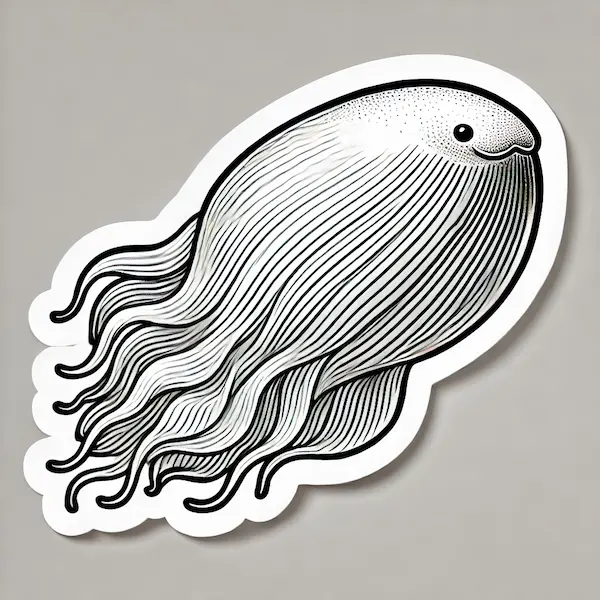
Conclusion
Drawing a salp can be a fascinating experience that enables you to use your artwork to convey the subtle and complex beauty of marine life. To make your drawing come to life, have fun and try out several ways!
Check out this fun tutorial that walks you through the process of drawing a sea squirt! It covers everything from the initial sketch to adding colour and those finishing touches. Enjoy creating your masterpiece! The guide offers fun and easy steps to capture the unique texture and structure of this marine organism, making it great for creators of all skill levels.

